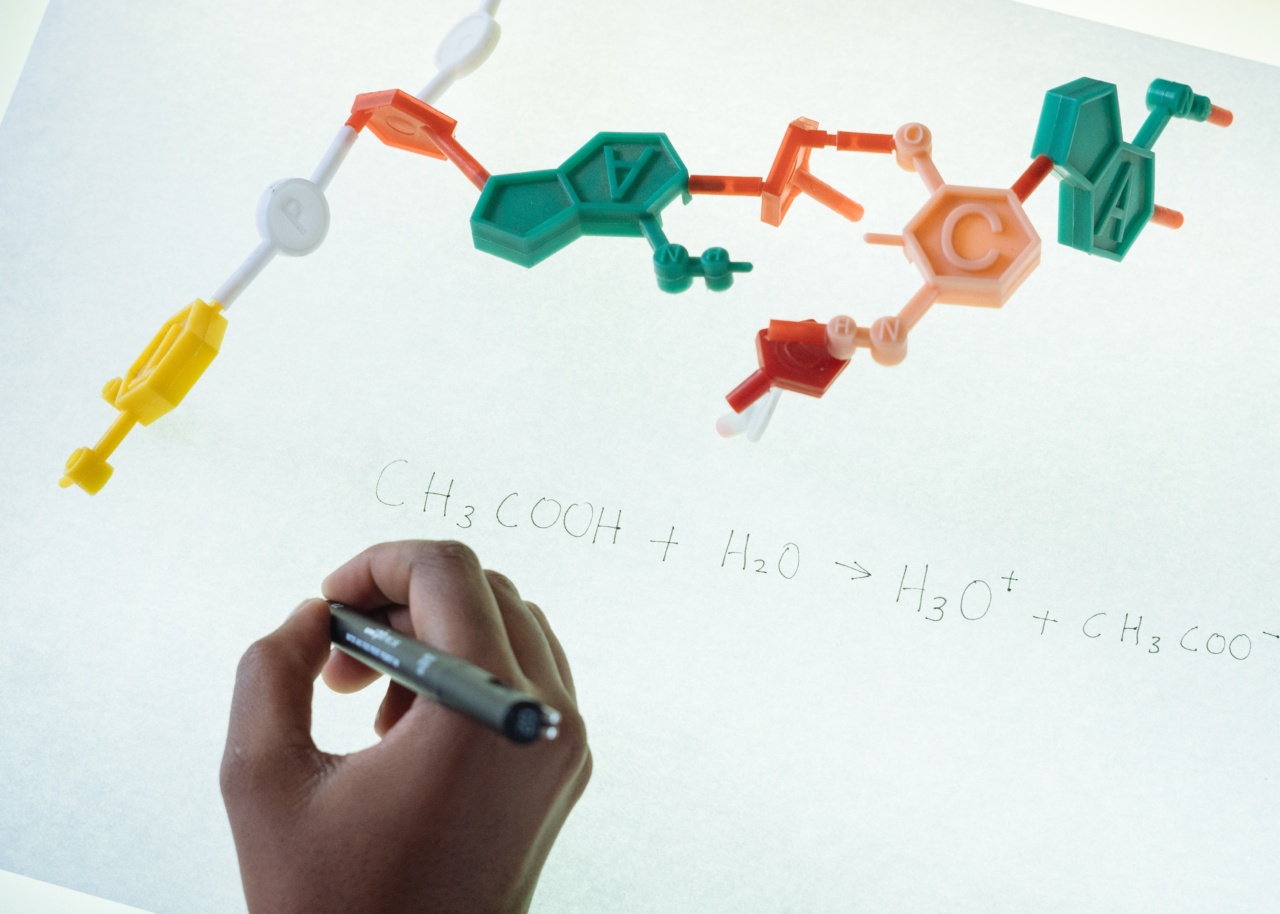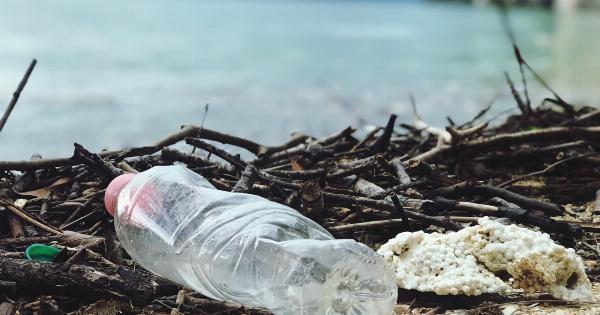In recent years, there has been growing concern over the increasing levels of plastic pollution in our oceans and the detrimental effects it has on marine life and ecosystems.
Efforts have been made to reduce single-use plastics and improve waste management systems, but a new study suggests that plastic taps commonly used in household and commercial settings could also be contributing to microplastic contamination.
The Hidden Source of Microplastics
Microplastics are tiny plastic particles, less than 5mm in size, that are found throughout the environment. They can come from a variety of sources, including fragmented larger plastics, synthetic fibers from clothing, and cosmetic microbeads.
However, researchers at a leading environmental institute have discovered that plastic taps may be an overlooked and significant source of microplastic contamination.
The study involved analyzing water samples collected from various sources, including homes, restaurants, and public facilities.
The researchers found that the water samples contained a surprisingly high concentration of microplastics, with the most commonly detected types being polyethylene and polypropylene – both of which are commonly used in the manufacturing of plastic taps.
How Do Plastic Taps Release Microplastics?
Plastic taps are made up of polymers, which can degrade over time due to the effect of water flow, temperature fluctuations, and exposure to chemicals in the water.
As the taps deteriorate, microscopic plastic particles are released into the water, ultimately ending up in our drinking water and wastewater systems.
Furthermore, the researchers also discovered that water with high chlorine levels or exposure to high temperatures had an increased likelihood of triggering the release of microplastics from plastic taps.
This suggests that the quality of the water being supplied to our taps can play a role in the amount of microplastics being released into the environment.
Implications for Human Health
The presence of microplastics in our drinking water raises concerns about the potential health risks they pose.
While the long-term effects of consuming microplastics are still largely unknown, studies have shown that they can penetrate human tissues and organs, and may potentially cause inflammation and damage at the cellular level.
Furthermore, microplastics have been found in various seafood products, such as fish and shellfish, which are part of many people’s diets.
Therefore, consuming seafood contaminated with microplastics could potentially expose individuals to higher levels of these harmful particles.
Addressing the Issue
Reducing the release of microplastics from plastic taps requires a multi-faceted approach that includes both regulatory measures and consumer awareness.
Manufacturers of plastic taps need to develop more durable and long-lasting materials that do not break down into microplastics easily.
Water treatment facilities also play a crucial role in preventing microplastic contamination. Enhancing water filtration systems can help remove microplastics effectively before the water reaches our taps.
Furthermore, regular monitoring of water quality, including chlorine levels and temperature, can help identify potential triggers for microplastic release from plastic taps.
On an individual level, consumers should be encouraged to choose alternative tap materials, such as stainless steel or brass, which do not degrade as readily as plastic.
Additionally, adopting habits like using water filter jugs or pitchers can further reduce the risk of consuming microplastics.
The Need for Further Research
While this study sheds light on the potential contribution of plastic taps to microplastic contamination, further research is needed to fully understand the extent of this issue and its consequences.
Studies should explore the prevalence of microplastic release from different types and brands of plastic taps, as well as assess the efficiency of various filtration methods in removing microplastics from tap water.
It is also important to investigate the presence of microplastics in other water sources, such as public fountains and water dispensers, to determine the overall scale of the problem.
Conclusion
The study’s findings indicate that plastic taps could be a significant and previously overlooked source of microplastic contamination.
Addressing this issue requires collaboration between regulators, manufacturers, and consumers to develop more sustainable tap materials, improve water filtration systems, and raise awareness about the potential health risks associated with microplastics. By taking proactive measures, we can reduce the release of microplastics into our environment and safeguard the health of both marine life and ourselves.






























